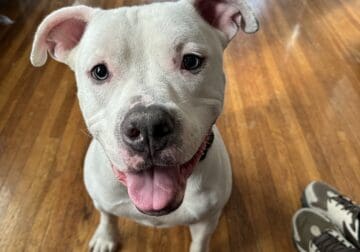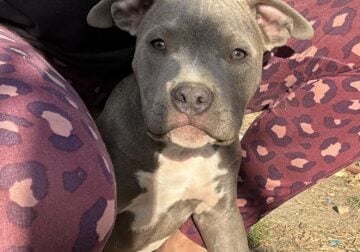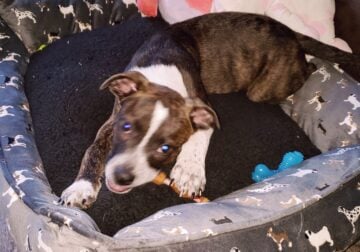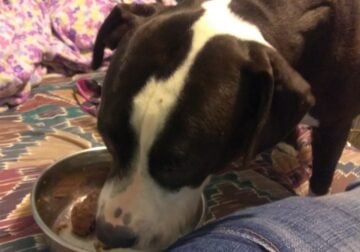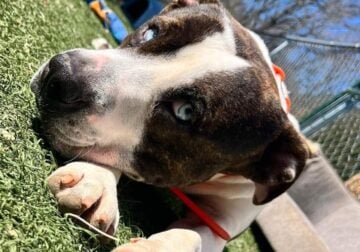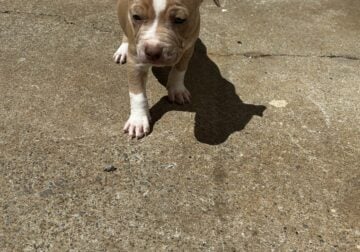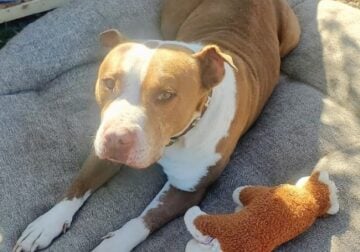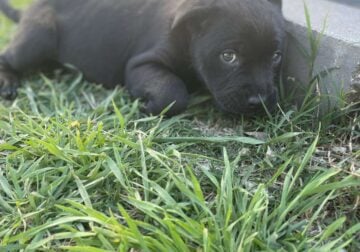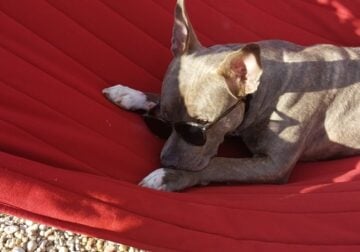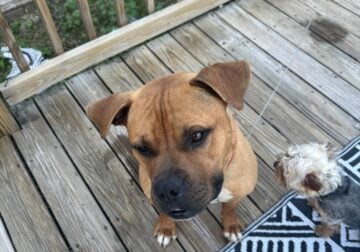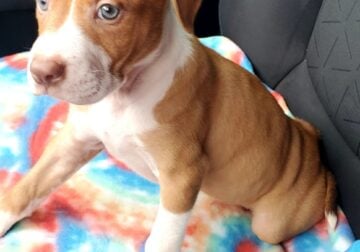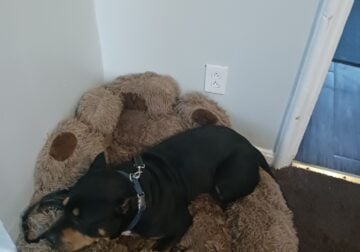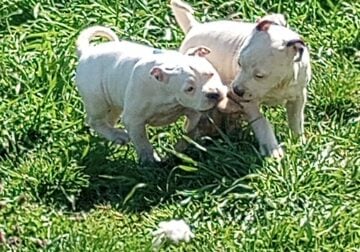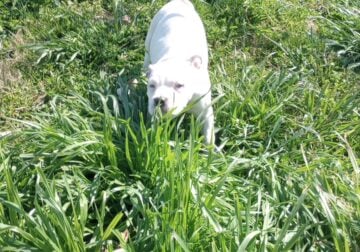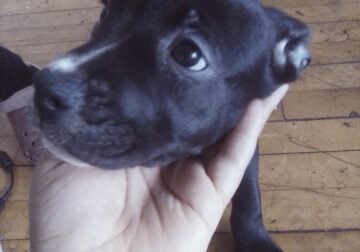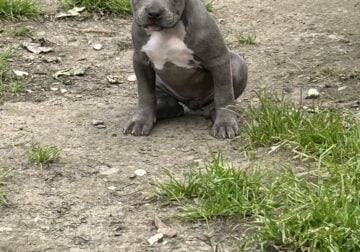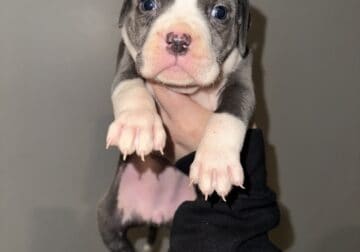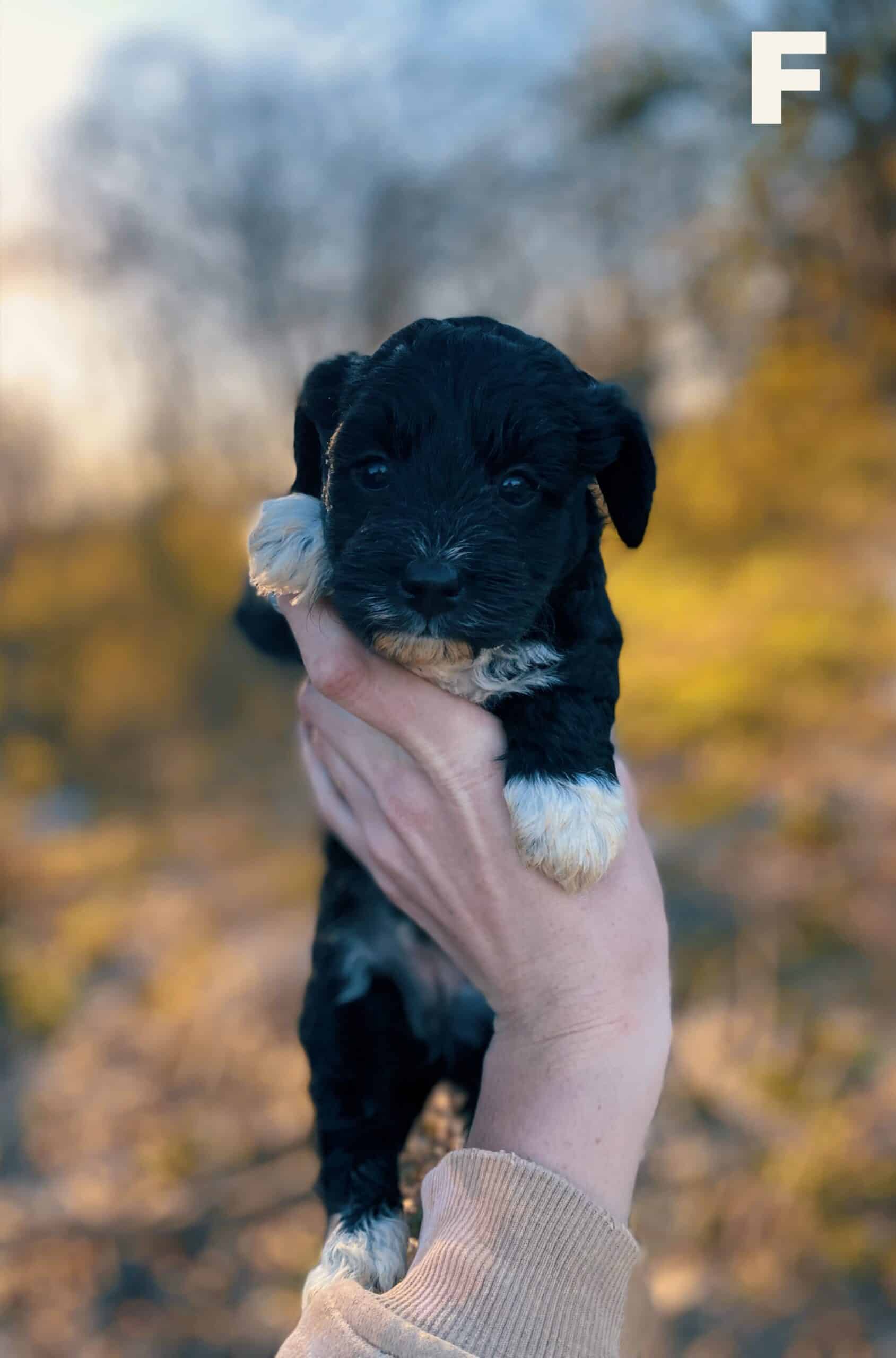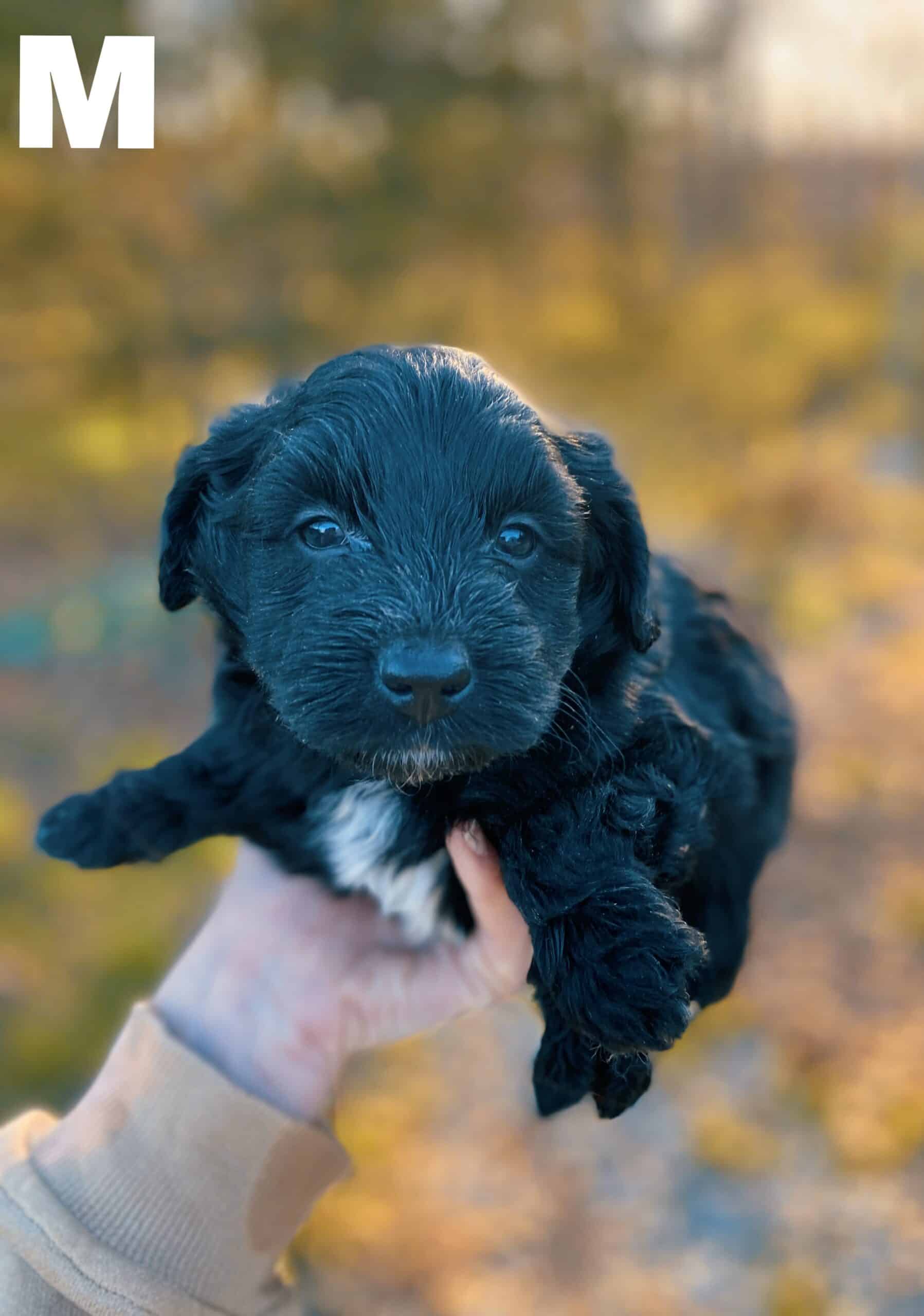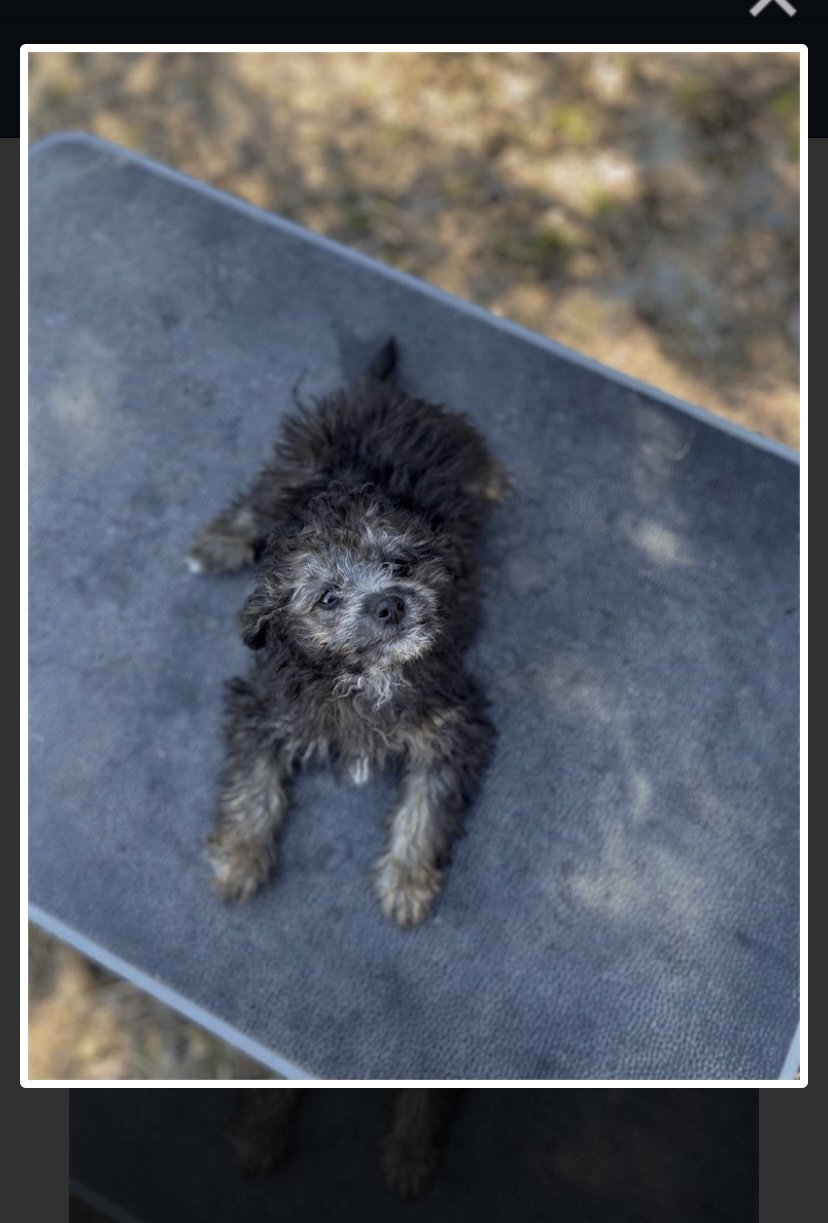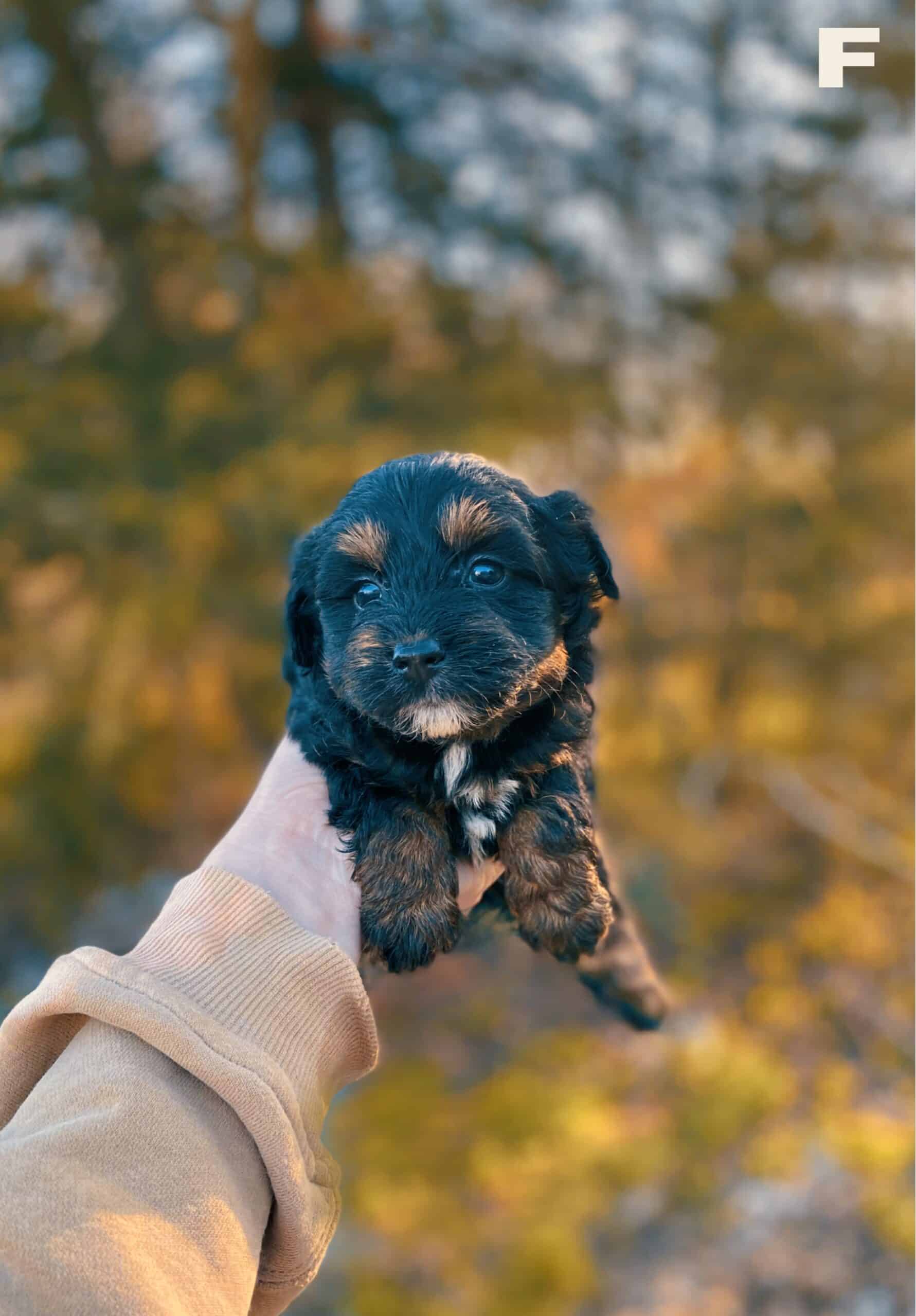American Pit Bull Terrier Puppies for Sale: Kind-Hearted and Devoted Powerhouses
An American Pit Bull Terrier for sale is a medium-sized dog breed with a confidence and presence that is difficult to miss. With tremendous power in a relatively small package, the versatility of the Pitbull is all too easy to overlook. If you want a cooperative and social dog with equal enthusiasm for the dog park or your couch, an American Pit Bull Terrier is a good choice. With proper raising and plenty of attention, the Pit Bull thrives in an environment with older children and even other dogs.
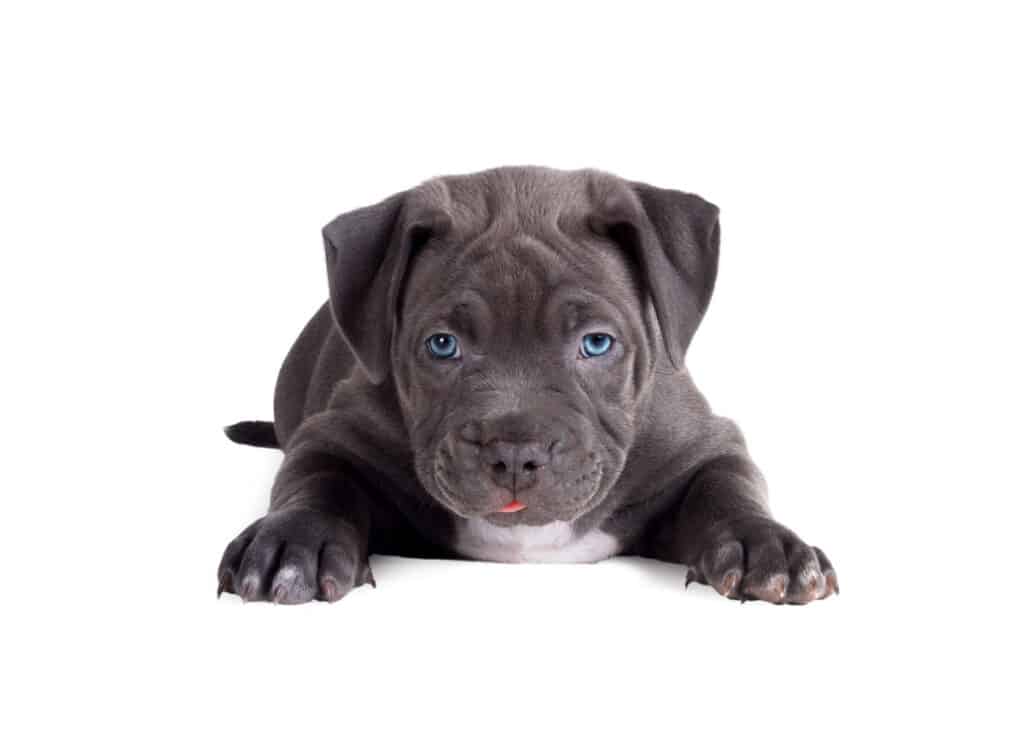
Dramatic History of the American Pit Bull Terrier for Sale
The pervasive bloodsport of dogfighting with Pit Bulls ironically began in earnest with the enforcement of the Animal Cruelty Act of the 1830s. After the ban on the baiting of bulls, bears, and other animals, would-be enthusiasts retreated to the more secretive pits. They could more easily hide their illicit activities from the law and released their dogs most commonly on rats. Eventually, dogfighting in these same pits became the more glamorous sport. So-called “Pitbulls” ruled the miniature arenas as breeders sought more athleticism from their fighting dogs. Various terriers, including the Black and White Terrier, had infused the English Bulldog for a while, but the drive for speed, agility, and gameness became more intense. The same dogs that were bred to kill each other became exceptionally docile with their handlers through breeder selection.
Pit Bulls in America and the Staffy
The British and Irish were responsible for introducing the Pit Bull into America around 1870. Pit Bull Terriers found work as all-around farm dogs, tending livestock, babysitting children, and hunting vermin. Because of its dogfighting history, only one line of Pit Bulls was ever recognized by the AKC. The American Staffordshire Terrier entered the American Kennel Club in 1935 as a nonfighting dog. Conscientious breeders achieved recognition through their tireless efforts after the renewal of anti-dog fighting legislation in 1911. Although you may confuse an American Staffordshire Terrier with an American Pit Bull Terrier for sale, the breeds have maintained complete separation for over 50 years. Registries for the Pit Bull include the UKC (United Kennel Club) and the American Pit Bull Registry (APBR).
Health
Pit Bulls are healthy compared to many other breeds. In a loving home, they live 12 to 15 years. As a commonly non-papered breed, you may find it challenging to locate any American Pit Bull Terriers for sale with health certifications of themselves or their parents. Ideally, breeders should evaluate their breeding dogs’ hips, hearts, and eyes.
Temperament
A well-socialized Pit Bull is affectionate, friendly, bold, and energetic. They love your guest to love on them. As a fairly quiet dog, your Pit Bull may be neither a good guard dog nor a great watchdog. American Pit Bull Terriers have a history with children that makes them kind and gentle playmates. Older children do better because of the Pit Bull’s high activity level. Certain lines may show aggression towards other animals, but many well-socialized Pit Bulls love to play with dogs.
Pit Bull Terrier Appearance
The American Pit Bull Terrier is among the most recognizable breeds. Both terrier and Mastiff attributes are apparent in the face with a large squarish head, high and prominent cheekbones, moderate stop, strong jaws, wide-spaced eyes, and semi-prick or rose ears. Pit Bulls, like many working breeds, are compact with a frame that is slightly longer than tall, a deep broad chest, and muscular hindquarters. They have level toplines with a thick muscular neck and a strong tapering tail. While it is rare to see American Pit Bull Terrier puppies for sale with docked tails, many owners in the US still crop their ears at around 12 weeks so they stand up. Some ear trims are extremely short while others are more moderate, both styles showing off the refinement or strength of the breed’s head. There are large- and medium-sized Pit Bulls. The former can be 22 inches tall and weigh close to 75 pounds while the latter and more standard is 17 to 21 inches at the shoulders and weighs 30 to 60 pounds. Female Pit Bulls are generally smaller than males. American Pit Bulls are most efficient at the trot with a smooth but powerful gait.
Colorful Pit Bull
According to the APBR, an international Pit Bull registry, the breed may be any color except merle or albino.
Standard American Pit Bull Terrier Colors
- Brindle – Black, blue, red, fawn
- Fawn – Fawn, fawn sable
- Black
- Blue – Dilute black
- Red
- Tan
- Seal – Almost black
- Buckskin – Similar to fawn but yellow undertones rather than red
Solid-colored dogs can have patches of white in to varying degrees.
Nonstandard American Pit Bull Terrier Colors
- Black and tan
- Tricolor – Blue and tan or black and tan with white
- White – Not albino
- Over 80% white
- Liver or chocolate
Feeding American Pit Bull Terrier Puppies for Sale
Pit Bull puppies need four meals a day until they are 12 weeks old and at least three feedings daily until they reach six months old. While a moderately active adult Pit Bull requires 25 to 35 calories per pound of body weight, your pup may need two to three times that. High-quality kibble should supply about 28% protein, although some recommendations call for 34 to 40%. You will also feed about 15% fat and restrict carbohydrates to a quarter of the diet or less. You may wonder about the wide variations in protein requirements and the data you see on dog food labels. Some dog food manufacturers mirror their nutritional profiles after wild canid diets which may be higher than 45% protein. High protein content in dog food does not have a detrimental effect on dogs unless your pet has a specific digestive problem. Moreover, comparing ratios between dry kibble and wet canned food or a homemade diet requires additional consideration and calculation. More important than the number of fats and proteins is the quality. Real meat should be a large component of your puppy’s meals. Adult dogs should continue to eat two or more meals in a day to avoid bloat.
Grooming
Pit Bulls have a short double coat that requires minimal upkeep. You should brush your dog weekly to distribute oils through the coat and improve blood circulation in the skin. It also gives you the opportunity to check your pet’s skin for sores or a rash and her ears for redness or discharge. Your American Pit Bull should get a bath once a month to every six weeks with a mild shampoo. You can also clip your dog’s claws or Dremel (an electronic tool that gradually grinds the nail) them at this time. Pit Bulls shed moderately without the prolific seasonal blowout of the undercoat that some other breeds experience.
Exercise
Exercise is perhaps the area where your Pit Bull requires the most attention. A bored and under-exercised dog is an unhappy and destructive one. Your Pit Bull Terrier will require about 45 to 60 minutes of daily exercise. About 25 to 30 minutes of that exercise should be rigorous while you also dedicate a portion to training and other forms of mental stimulation. Pit Bull Terriers can excel at a broad venue of activities or work.
- Flyball
- Shutzhund – Bite work and tracking
- Tracking
- Search and rescue
- Narcotic or bomb division of police force
- Agility
- Obedience
- Dock diving – If your dog likes water
- Lure course
- Disc or Frisbee
Exercising American Pit Bull Terrier Puppies for Sale
You do need to take precautions with exercising puppies during their growth cycles. A standard limit is five minutes of exercise at a time for every month of age. Your puppy may play for longer periods of his own volition, but you should limit jumping on and off high objects. Socialization and training of your Pit Bull should take precedence over physical activities.
Training
Despite the background of stubborn and independent breeds like the English Bulldog and terrier type, respectively, the Pit Bull’s intelligence and eagerness to please make her easy to train. She requires persistence, self-assuredness from her family, and consistency to make a well-rounded addition. Beware that insufficient socialization may create an anxious or fearful dog that learns to respond to her environment and everyone in it with aggression.


